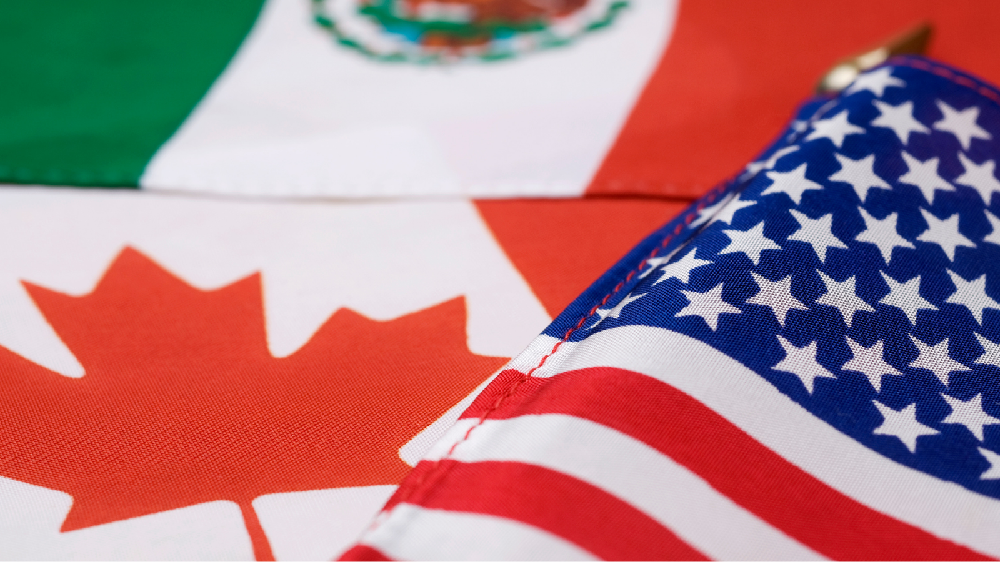 Working virtually, especially in large multinational and multilateral organizations, has been on the rise for a while. This adds an extra layer of complexity to our interpersonal relationships and our global business communication strategies.
Working virtually, especially in large multinational and multilateral organizations, has been on the rise for a while. This adds an extra layer of complexity to our interpersonal relationships and our global business communication strategies.
As a coach, I work with clients across the globe daily. We mostly meet virtually, by videoconference, phone and email. Many of my corporate clients, lead virtual teams and communicate through teleconference and videoconference as well.
Gallup reported in 2015 that 37% of American workers had telecommuted, and the percentage was increasing. According to Globalworkplaceanalytics.com:
- Fifty percent of the American workforce holds a job that is compatible with working virtually at least part of the time, and approximately 20-25% of the workforce telecommutes at some frequency.
- Fortune 1000 companies around the globe are revamping their spaces around the fact that employees are already mobile. Studies repeatedly show they are not at their desk 50-60% of the time.
Different media require different styles of communication
The tools we use to communicate influence the way we interact. For example, we tend to use short and abbreviated statements in text messages, while emails are more likely to be written in complete sentences, depending on our personal, corporate and cultural preferences.
Our cultural context also defines our communication style. Some people prefer to be more direct with their message, providing less context within a more informal writing style. Others prefer the opposite. They tend to be more indirect, with a desire for a lot of background information and a formal writing style.
Communication styles are also influenced by the organizational context. I recall my first few weeks as a junior staff member at the United Nations many years ago. I felt like an elephant in a glass house, as I was navigating and learning the diplomatic, formal and indirect communication style of my team.
Our emails were formal, starting with “Dear so and so,” followed by a long explanation and then a diplomatically worded proposal or request. Our team meetings were equally formal, as we all took turns speaking and no one interrupted the other. This was very different from the informal, almost chatty emails at my previous job.
Eventually, I did adjust and modified my communication style. Today, as I work globally and often virtually, I find I need to switch back and forth between different styles of communication several times a day.
Build better virtual connections with these useful tips
1. There’s more than one way to build trust
Successful client and colleague relationships are built upon trust. Cultures develop trust differently though, so you’ll need to adjust your strategies from one situation to another.
For example, some cultures focus more on what someone can accomplish within their area of expertise, while others prioritize the human relationship and who you are. It is therefore important to allow time and room for both perspectives as you interact virtually. You need to be aware of what your preference is and that of your client or team member.
If your client is from a culture that leans more towards the human relationship, e.g. Columbia, you’ll need to spend some time to get to know them. You could perhaps schedule a videoconference first, to create a closer connection. Talk about other matters than just the task at hand. A videoconference also allows for higher context communication, such as facial expressions and body language, which allows for a more intimate conversation even while working virtually.
If your team members are from low context and direct cultures with a task-based sense of trust, e.g. Germany, the Netherlands and Northern Europe, you can likely shorten the getting-to know-you stage and move to the task at hand sooner.
When you have a culturally diverse team to manage, you will need to use a blended approach of task and relationship-centered communication styles.
2. Proper speed and formality are key to productive emails and texting
Written communication can be quite the minefield as you work across cultures, as my own experience at the UN illustrates.
The North American style is generally informal; you address each other by first name, often with a hello, and go straight to the point rather quickly without much context.
Many Northern Europeans and the Dutch prefer to send rather formal emails, but without much “small talk” or personal information, and get to the point quickly.
Some more traditional and hierarchical cultures will prefer communication that is more formal, and places an importance on titles. For example, if you are communicating by email with a Japanese client, you need to pay attention to titles, such as san. You might also need to include a lot of detail in your message.
Make sure you research in advance how names are written and how you greet and address people. For example, in China you mention the family name first followed by the given name.
What should you do if you’re unsure? My advice is to start your interaction with a more formal communication style, like Dear…, followed by some introductory small talk before your get to the point. End with a formal sincerely or best regards, followed by your complete name. Pay attention to how your client of team member communicates with you and mirror their style.
Many millennials are used to brief text messaging in lieu of more formal emails. As they’ve entered the workforce, texting has become more common in the world of business as an easy and instant medium of communication.
Because of its brief and instant character, text messaging can easily cause cultural misunderstanding or confusion, especially if you are interacting or working virtually with someone more senior or from a more traditional culture. So use caution here, and again lean towards a more formal, explanatory style when in doubt.
Finally, how quickly you reply to a text or email message varies across cultures.
Americans tend to send brief and quick messages and expect an answer soon, within a few minutes or an hour. This is not the norm everywhere, so do not become impatient or read too much into a slower response time. One way to set expectations is to add a note to your email signature that informs the recipient of how soon you normally provide an answer.
Do you have any other tips, suggestions or stories? Let me know in the comments!







disqus comments